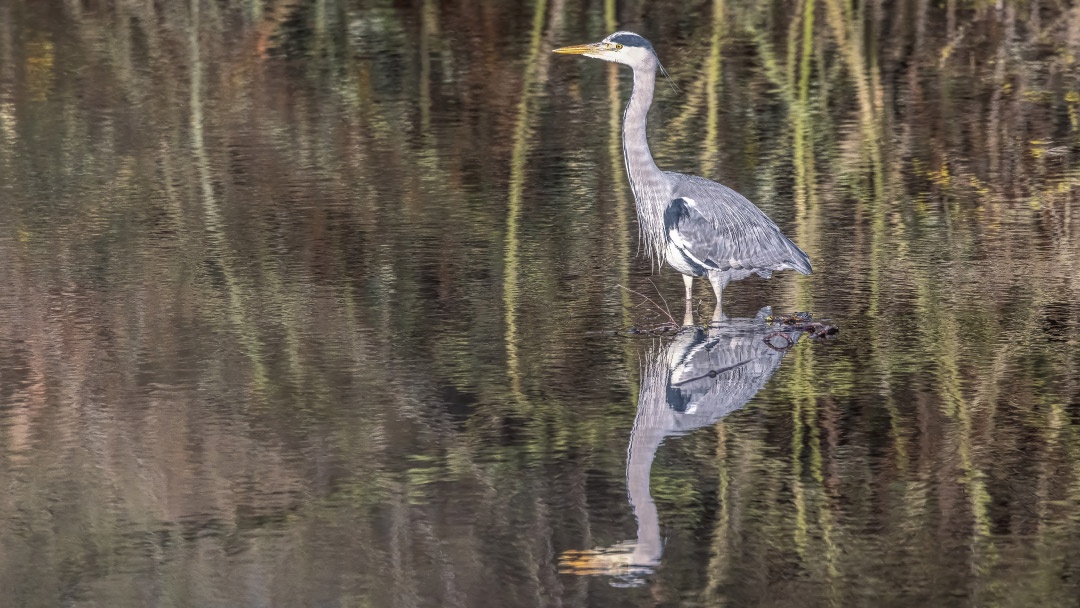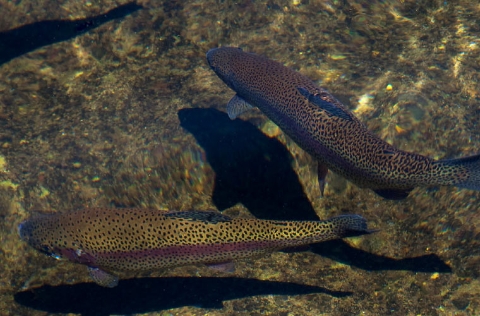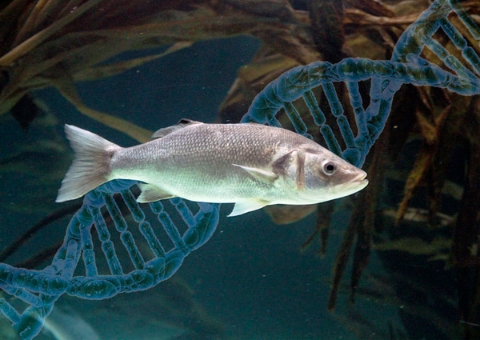
A new scientific study conducted along the Finnish coast has found that grey herons (Ardea cinerea), rather than great cormorants (Phalacrocorax carbo sinensis), are the primary avian predators impacting finfish aquaculture facilities in the region. The findings, published in the journal Ambio, are based on more than 26,000 hours of video surveillance across 17 fish cages monitored between 2022 and 2023.
Contrary to the widespread belief that cormorants pose the greater threat, the study shows that grey herons were responsible for depredating between two to five times more fish than cormorants. Herons also frequently foraged at night, making their impact harder to detect without continuous monitoring.
“Grey herons occurred more frequently at cages with small fish, while cormorants and raptors occurred more frequently at cages with larger fish,” the authors reported. Herons largely ceased preying once fish exceeded 0.5 kg in size. Cormorants, although more commonly seen at cages with larger fish, also preferred smaller individuals.
The main species farmed in the surveyed Finnish aquaculture facilities was rainbow trout (Oncorhynchus mykiss), present in 15 out of the 17 cages. This species was particularly vulnerable to grey heron attacks in its early life stages—juveniles weighing less than 500 grams were frequently targeted, with the highest predation rates observed in fish under 100 grams.
Whitefish (Coregonus lavaretus) was also farmed in two of the monitored cages. Although limited data prevented a separate analysis, these fish were likewise subject to heron predation at small sizes.
The study also found that raptors—such as white-tailed eagles and ospreys—were infrequent visitors and only targeted cages lacking protective nets, and only when large fish were present.
Contrary to common assumptions, the proximity of fish farms to bird breeding colonies was not a strong predictor of predation intensity. Instead, the size of the fish and the design and quality of the protective netting played a far more decisive role.
Protective nets proved effective in deterring cormorants and raptors, though not grey herons. In fact, herons often used the netting itself as a hunting platform. Loose or low nets with wide mesh were especially vulnerable to bird exploitation. In one extreme case, a single fish cage suffered losses of up to 807 fish in a single day due to grey heron activity.
While some cages experienced no bird activity at all, the average estimated annual loss per cage due to grey heron predation was 2,025 fish, compared to 330 for cormorants, based on a 150-day visitation season.
The study, led by Camilla Ekblad of the Natural Resources Institute Finland, underscores the importance of tailoring mitigation strategies to both bird species and fish size. It also recommends improvements in net design—specifically tighter mesh, secure fastening, and increased distance from the water surface—as the most practical and effective solutions to reduce bird-related losses.
Reference:
Ekblad, C., Westerbom, M., Laaksonen, T. et al. Great cormorants and grey herons depredating at finfish aquaculture: Factors affecting the human–wildlife conflict. Ambio (2025).


